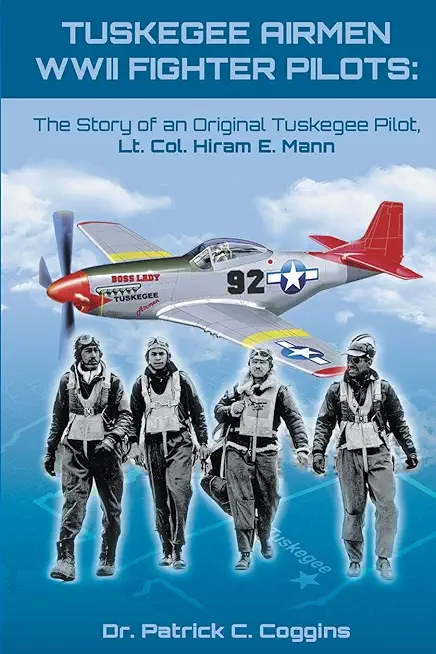
Coggins, Patrick C.
as the "Red Tails," who never lost escorted bombers during World War
II. These decorated pilots overcame the prejudicial conclusion of the 1925
War Department Study that "blacks cannot fly a complex airplane." Eleanor
Roosevelt, who was flown by a black Tuskegee pilot, dispelled these myths along
with their success during WWII. Two issues are clarified: 1) the Tuskegee Pilots
never lost a bomber they escorted during WWII, and 2) the difference between
the Tuskegee Experiment and the Tuskegee Pilot Experience. Chronicled are
the events leading up to the Tuskegee pilot training and their achievements
during and after the war, which culminated with each pilot receiving Honorary
Doctorate degrees from Tuskegee University and being awarded the U.S.
Congressional Gold Medal.
This book also documents Tuskegee Airman, Ret. Lt. Col. Hiram E. Mann's
progress from bellman at a hotel, to studying romance languages at Philander
Smith College, to becoming a pilot in the 99th Pursuit Squadron and the 332nd
Fighter Group. Lt. Col. Mann's personal diary accounts provide insights into the
struggles of the pilots in the 1940s, the values that anchored their success, and
their experiences fighting the enemy in Europe only to return to a segregated
military and civilian life.







